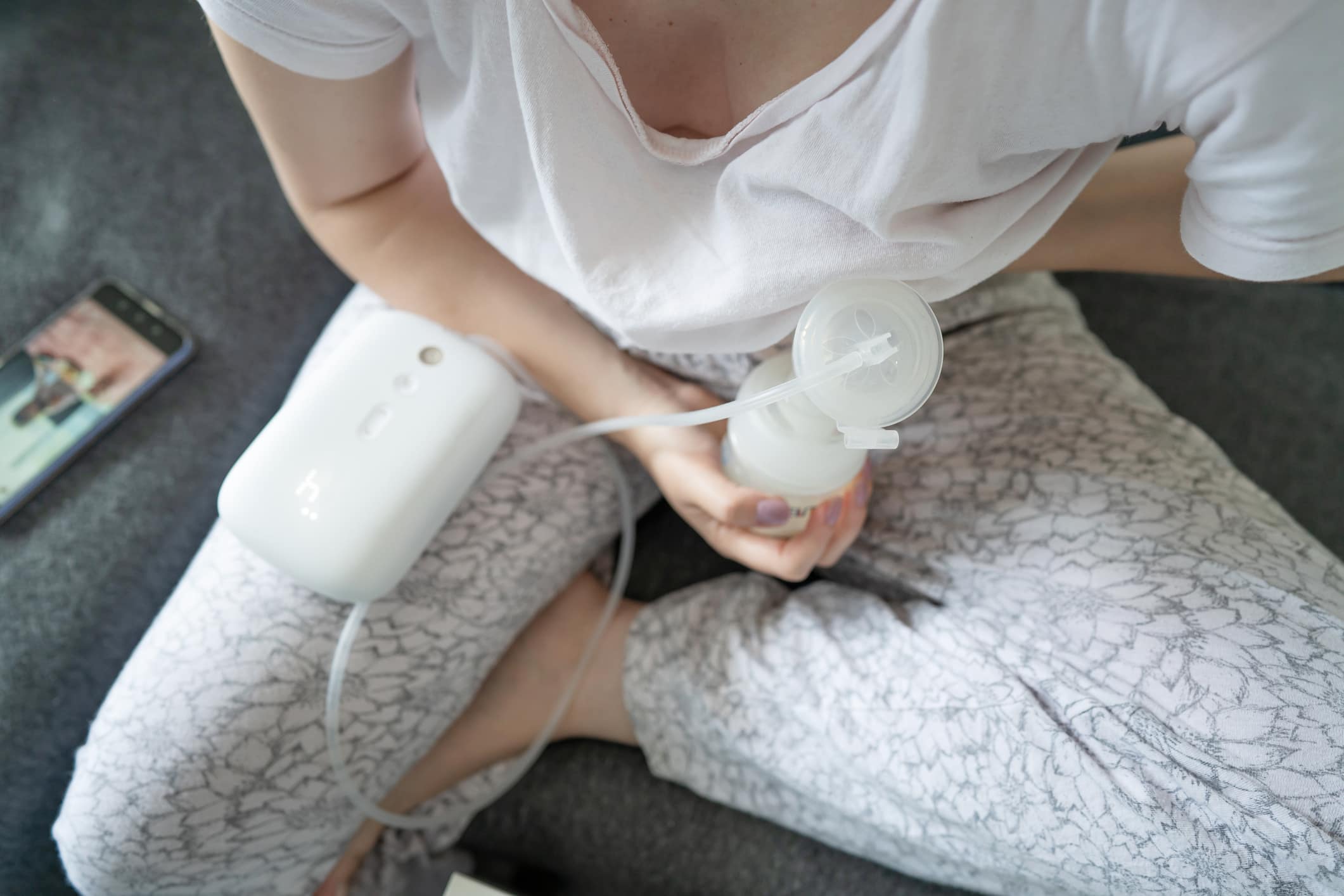
By Melissa Hed
As kids head back to school, many of us are quietly bracing ourselves for more news reports of school shootings. We’ve heard that schools run active shooter drills with our kids, but what are active shooter drills, and how do they help our kids? Viral clips, YouTube videos, and news programs make the drills look so scary, and our teens generally don’t offer detailed explanations about what exactly goes on.
To get an idea about how schools today are keeping our kids safe and whether school districts have made any significant changes to security measures since Sandy Hook and the more recent Uvaldi active shooter attacks, we’re speaking with Superintendent of Beachwood Ohio Schools, Bob Hardis, and Director of Security, CJ Piro.
Hardis and Piro share with us some of the safety measures that school districts employ with their buildings, using their own buildings as examples.
Hardis says at the high school level, his district has switched from an open campus, where students could come and go as they pleased, to a completely closed campus where once students come in for the day they stay. The reason being, “so there’s a lot less traffic in and out of our building.”
At the middle and elementary school buildings, Hardis says, “We’ve been much more aggressive, specific, and detailed about making sure that all of our doors, essentially the perimeter of our buildings, are closed throughout the day. And we funnel all foot traffic, visitors, et cetera, through a more secure location than in the past.”
When we ask how schools are preparing students to face an emergency, Piro shares that after Columbine, schools realized they needed a plan of action to respond to an active shooter situation. And so, when the ALICE method was developed, school districts widely adopted it.
School districts have widely adopted the ALICE method.
What does ALICE stand for? The ALICE acronym stands for: Alert, Lockdown, Inform, Counter, and Evacuate. Both Piro and Hardis emphasize that you don’t have to go through ALICE sequentially, step-by-step. The priority is that last step, Evacuate, to get students out of the building first.
ALICE:
Alert
Lockdown
Inform
Counter
EVACUATE
Hardis says that as the superintendent of schools and also as a parent, what he really likes about the ALICE method is that “it encourages both our staff and our students in an age appropriate way to be empowered to make decisions.”
ALICE isn’t a one-size-fits-all solution. It’s meant to be adaptable, based on location and circumstance, and it empowers people to make decisions to ensure their safety.
Hardis points out that “the police department teaches students and staff not to just blindly follow a protocol, but to actually think on the ground. The primary question is, what is the fastest way to safety?”
Hardis explains the other components in the ALICE method. He says alert is important to let people know there’s an emergency situation in a school building and keeping them informed is important so people can decide how to best respond. If there’s danger at the door of your classroom, that triggers lockdown. If there’s a threat directly in front of you, you may need to counter.
“But,” Hardis emphasizes, “the E at the end is, honestly—I mean, it ought to be in all caps—bigger, font-bolded—because EVACUATION is the thing that we focus on most. Everyone knows where their exits are.”
The ALICE method prepares students and staff to make decisions that lead to safety, not only for the individual but for as many people in the group as possible, as fast as possible. Escaping from danger is the priority.
The ALICE method trains faculty and students to be proactive about making decisions about how to escape from danger and save lives.
As for whether schools are running drills with students, Piro says yes.
Schools run drills to help students think clearly in any emergency situation. “If we’re evacuating through a window, where do we go after that? Where’s our rendezvous point? Where’s our reconnection point when we reconnect with our families? That’s all been established in every single building for every single room that we’re in.”
When we share with Hardis and Piro our concern about placing so much responsibility on our kids to ensure their own safety, they nod their understanding.
When we ask why the police, security guards, faculty members, and other adults don’t just take over and tell our kids what to do, Hardis offers this perspective: “No one is walking away from responsibility. We are trying to recognize that situations are fluid. We want everybody—we want students and our staff—to all feel that they are empowered to make decisions in that moment, based on what’s happening around them. We don’t want them to be locked into some sort of rigid protocol about first you do this, then you do that, and have no sense of the facts on the ground around them.” A person’s best next move changes, depending on the context of when and where they are, and what’s happening around them.
The goal of these drills is to replace fear with empowerment.
Hardis feels strongly that parents should talk to their kids about what they’re learning in these safety drills. He says, “the focus of the drills doesn’t need to be solely on violent intruders intent on harming them or others in the school. Situational awareness training is helpful in any sort of environment because the priority is to get away from danger. That danger could be a person, a fire, a chemical spill.”
The goal of running these drills is not to scare people, but to replace fear with empowerment so that people feel like they can make life-saving choices not only in schools, but wherever they may encounter an emergency event.
Situational awareness doesn’t have to focus on guns and shooting and violence. It can encompass a broader idea of what is safe.
Hardis reminds us that “as our kids become independent, highly functioning adults, they must learn to be aware of their surroundings and to make choices. As they go off to college, they may be in environments—maybe it’s a party, maybe it’s a concert setting—where they start to feel like they don’t have control of their own bodies or of their space and their ability to feel safe. I think all of this is good preparation for those moments.”
“When do you feel safe? How do you control that?
Empowering our students to feel that they control their own safety
and that they should always make sure they’re in positions to do so,
I think that’s a really important lesson parents can teach their kids and reinforce.”
— Bob Hardis, Superintendent of Beachwood Schools
Harding concedes, “it’s really unfortunate that we must have these conversations. It’s unfortunate that we practice for situations like this.” But then, he offers us a silver lining.
This feels like a disturbing and scary time, but it’s also an opportunity for empowerment. Active shooter drills in schools teach our kids how to make good decisions under pressure and encourage them to look out for one another’s safety. ALICE drills train our kids to be independent thinkers and give our kids tools to successfully navigate stressful and dangerous situations as they mature into independent, high-functioning adults.
Bottom line: active shooter drills teach our kids situational awareness skills that are transferable to other parts of their lives. As Hardis says, “there’s something about growing in that way that we can look to as a positive, bright spot in a very dark situation.”

 PARENTING TIPS
PARENTING TIPS







 PREGNANCY
PREGNANCY








 BABY CARE
BABY CARE








 TODDLERS
TODDLERS








 TEENS
TEENS








 HEALTH CARE
HEALTH CARE






 ACTIVITIES & CRAFTS
ACTIVITIES & CRAFTS








 CONTACT
CONTACT ABOUT
ABOUT


